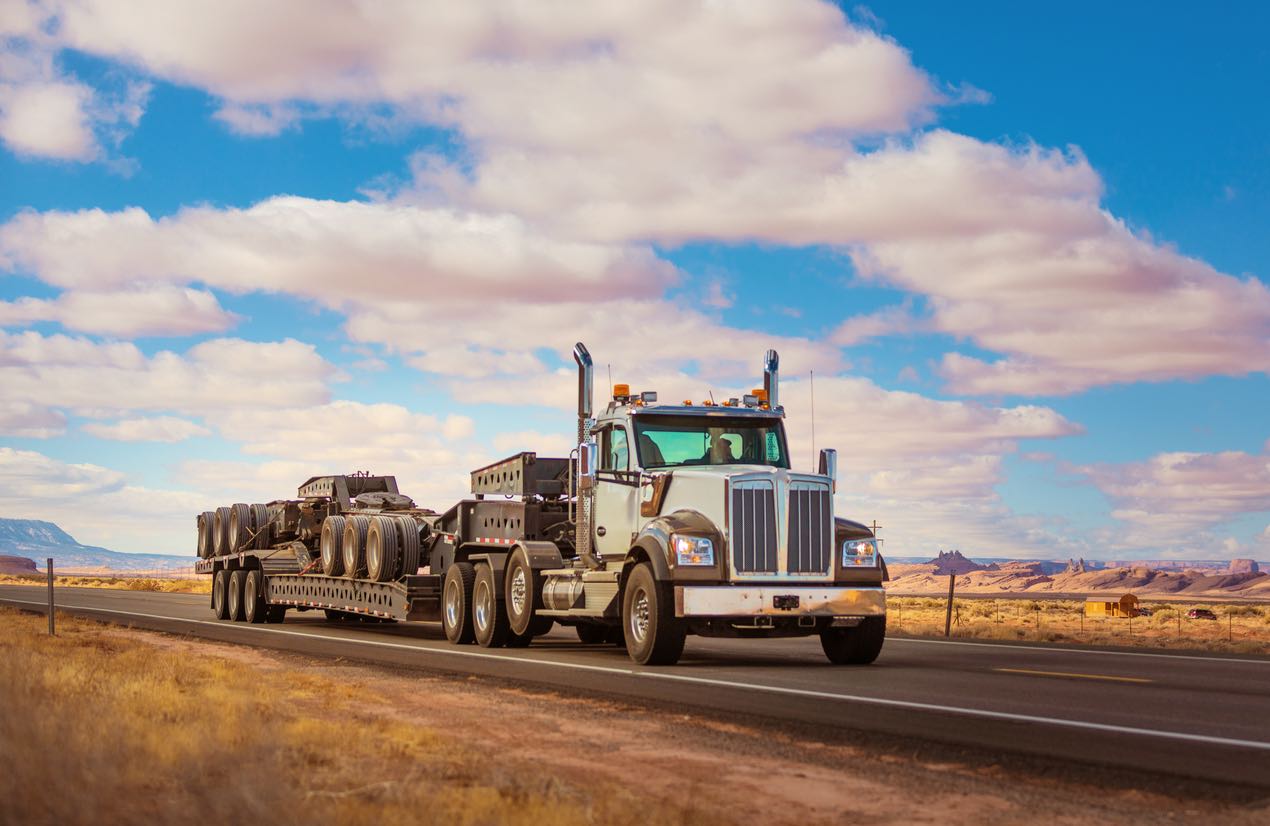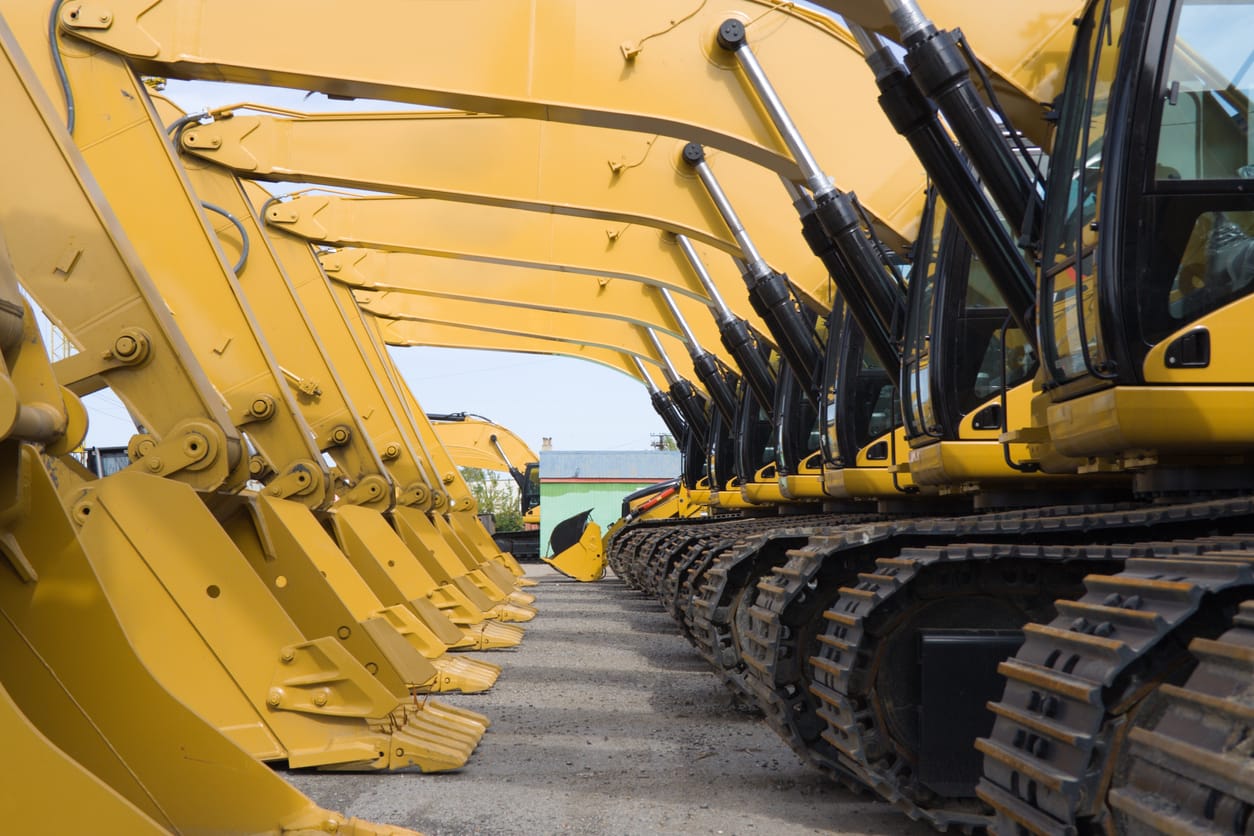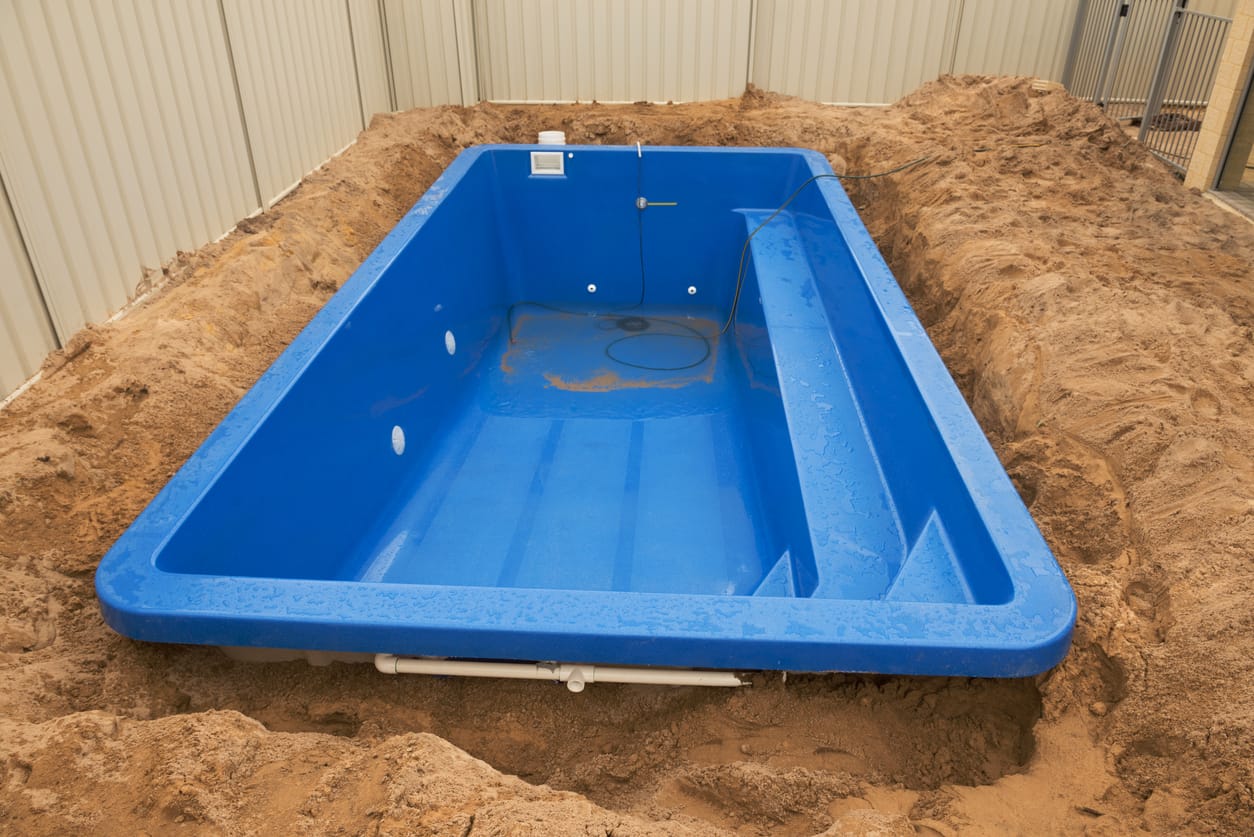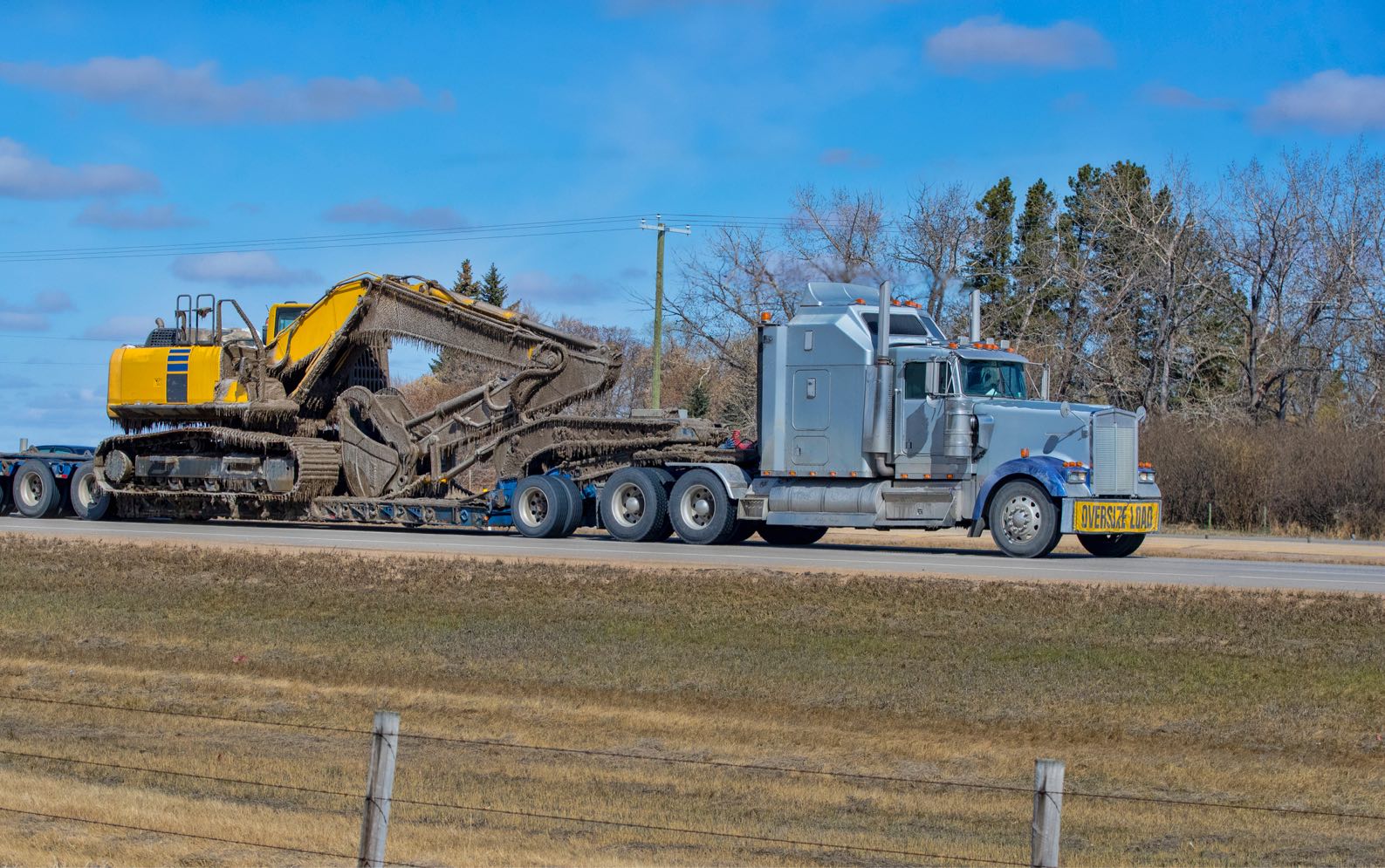Unsung heroes of the transportation sector, straight trucks are frequently observed cruising highways or hustling through metropolitan streets. Their adaptability makes them the best option for a wide range of jobs, from medium-distance hauls to quick city excursions. Underneath the general name “straight truck,” there exists a range of capacities and dimensions. It’s important to understand that these vehicles might have quite different functions and capacities, even if they may seem identical.
Upon closer examination, we identify the Large Straight Trucks (LST) and the Small Straight Trucks (SST) as the two main competitors in the straight truck market. Each was created with a specific mission in mind, meeting various shipping requirements. Although LSTs are great for long-distance delivery due to their large payload capabilities, SSTs, sometimes known as box trucks, are more agile and perform well in urban settings. We’ll examine the subtleties of each as we go through this post, so that by the finish, you’ll be prepared to make wise shipping choices.
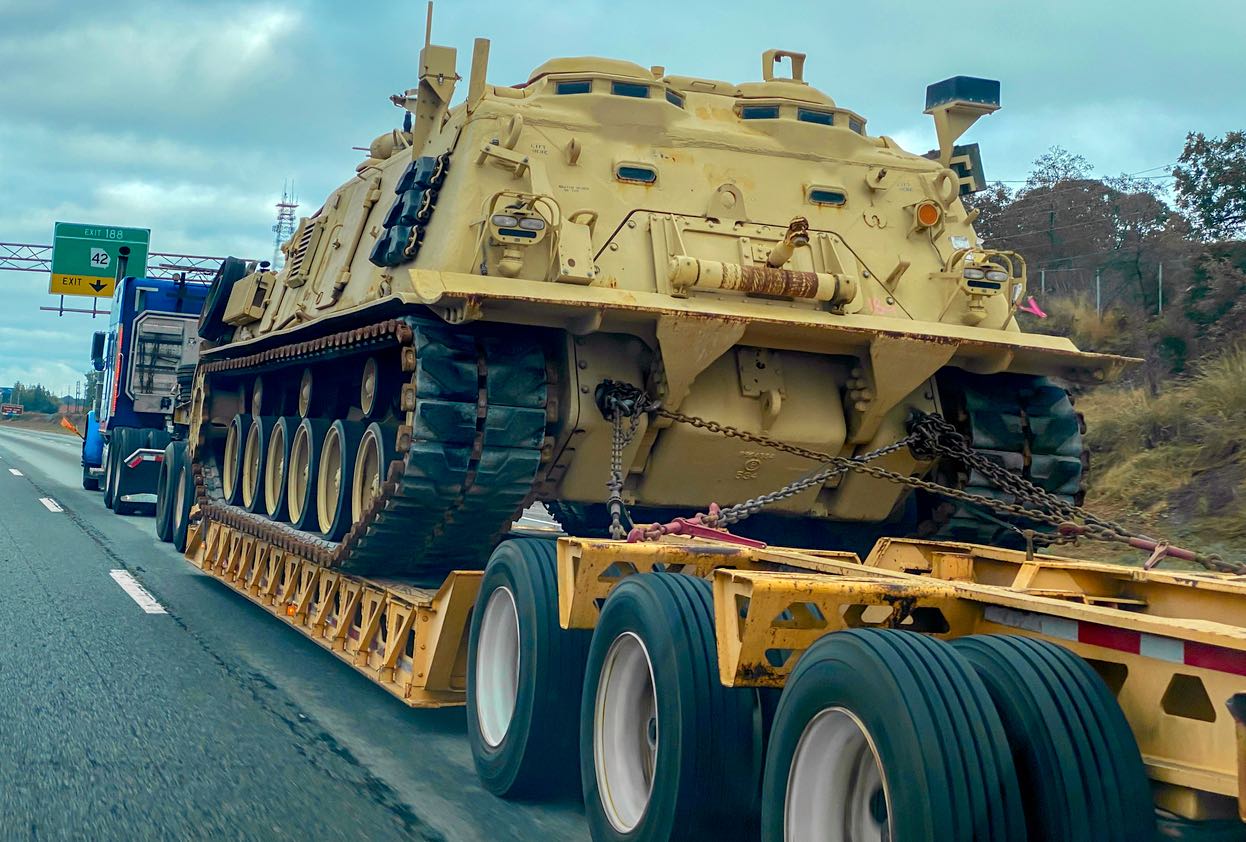
Large Straight Trucks (LSTs) are the clear winners when it comes to moving large amounts of cargo across long distances. These trucks are built to withstand the rigors of making long-distance deliveries because to their remarkable size and capabilities. Their sturdy construction and assortment of features guarantee both the driver and the cargo are well-cared for. You will learn why LSTs are frequently the first option for companies and shippers looking for efficiency and dependability as we delve deeper into the world of LSTs.
- The Essence of LSTs: In the shipping industry, large straight trucks are more than simply a matter of size; they also stand for durability and strength. Built to support the weight of the planet, or at least a good chunk of it, these vehicles have a gross vehicle weight rating (GVWR) of over 33,000 pounds. They are made to be long-haul delivery friendly, so even the heaviest loads may be moved with ease. Large sea tankers (LSTs) are the dependable workhorses for companies who need to transport large amounts of freight over long distances.
- A Glimpse into LST Amenities: Beyond its capacity for haulage, LSTs put the driver’s comfort and security first. A comfortable atmosphere is ensured with air conditioning, particularly during lengthy travels in different weather situations. When operating such a massive vehicle, power steering—a function that is sometimes taken for granted—becomes essential since it provides control and precision. The automatic transmission also makes driving easier, letting drivers to concentrate on the road and guaranteeing smoother, more effective travels. In addition to improving the driving experience, these elements are essential for guaranteeing the prompt and secure delivery of cargo.

Within the busy streets of metropolitan environments, Small Straight Trucks (SSTs) are the epitome of effective and agile delivery vehicles. These trucks—also referred to as box trucks—are built with city navigation in mind. Because of their small size and necessary qualities, they are the preferred option for companies that operate inside municipal borders. SSTs consistently demonstrate their value, whether they are moving items to a nearby business or carrying furniture to an apartment in the heart of the city.
- Defining the SSTs: Although the word “box truck” may sound general, these adaptable cars have a lot going on inside. The Gross Vehicle Weight Rating (GVWR) of SSTs is 26,000 pounds or less, which makes them ideal for use in urban settings. Because of their small size, they can maneuver through traffic, park in confined spaces, and reach places that may be difficult for larger vehicles to reach. This is their greatest strength. Local deliveries are given priority in their design, guaranteeing that items in urban environments arrive on time.
- Equipped for Excellence: Even though they may have a smaller size, SSTs are anything from simple. These trucks are fully equipped with elements that guarantee the comfort of the driver and the effectiveness of the delivery procedure. Comfortable conditions are ensured by air conditioning, especially in the hot summer months. Improved control is made possible by power steering, which is essential for maneuvering through narrow city corners. Additionally, a degree of involvement and control provided by the manual transmission enables drivers to react swiftly to the changing conditions of city driving. Every element of the SST is designed to simplify and streamline local deliveries.
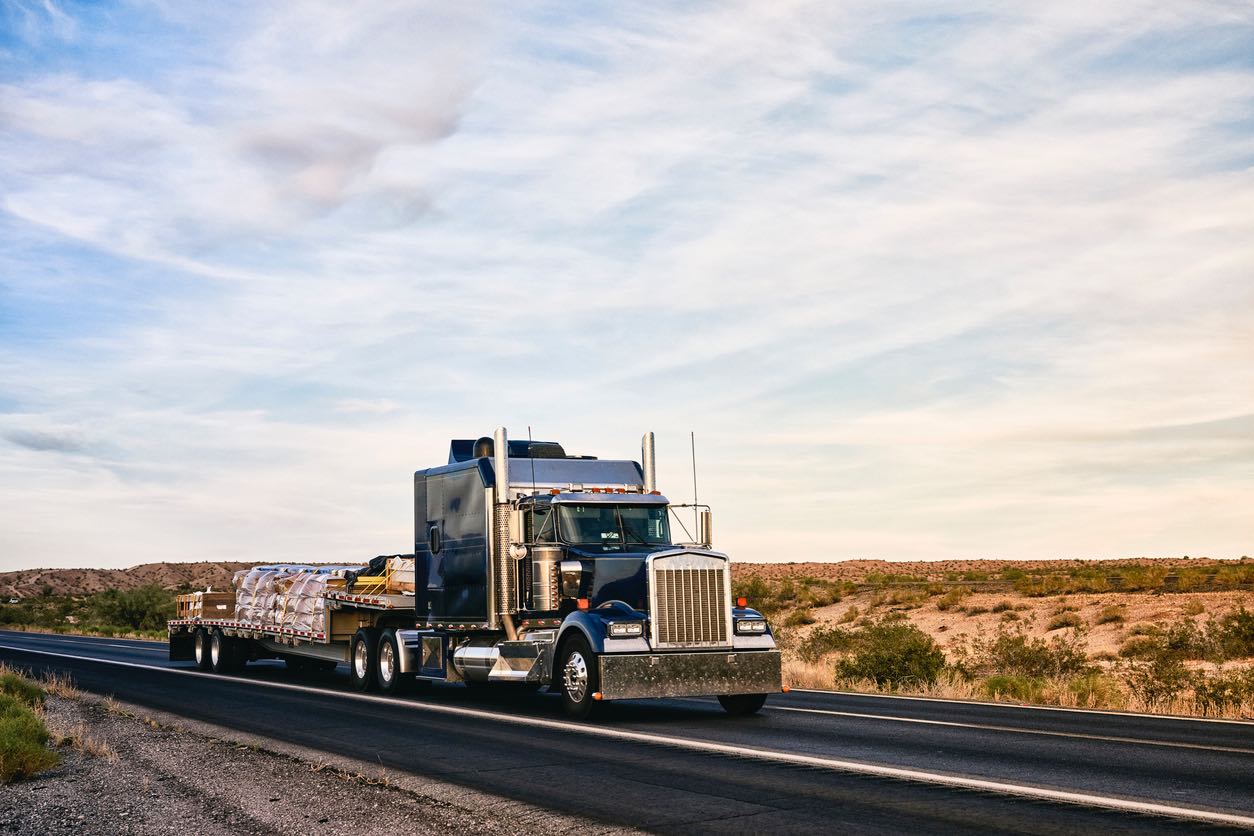
Within the dynamic realm of logistics, straight trucks are an enduring symbol of effectiveness and adaptability. But as with any industry tool, understanding the nuances can make all the difference in optimizing operations. Although they may appear identical at first, Large Straight Trucks (LSTs) and Small Straight Trucks (SSTs) serve different purposes and situations. Businesses and individuals may make well-informed judgments and ensure the efficiency and cost-effectiveness of their shipping operations by thoroughly examining the advantages of each. Now let’s take a closer look at the benefits of these two truck models.
Advantages of LSTs:
- Maximized Freight Capacity: The remarkable payload capacity of LSTs is one of their most notable characteristics. As a result, companies are able to move more cargo on a single journey, which optimizes delivery timetables and lowers the number of trips needed. This can result in major time and cost savings for companies that handle big shipments.
- Long-Haul Efficiency: Not only are LSTs big, but they also have performance. Fuel economy is given top priority in their design, particularly for lengthy journeys. For businesses, this efficiency not only saves money but also protects the environment, which is why LSTs are an excellent option for cross-country deliveries.
- Room for the Bulky and Unwieldy: Need to move a big piece of equipment or anything strangely shaped? Because of their roomy cabins, LSTs come to the rescue. Less logistical hassles and greater flexibility in delivering a variety of commodities result from their seamless handling of heavier objects.
Pros of SSTs:
- City Navigation Masters: In metropolitan settings, SSTs rule supremely. Their design prioritizes maneuverability, making them perfect for navigating the tight turns and busy streets of cities. SSTs can provide prompt and effective delivery for companies who specialize in local deliveries, especially during periods of high traffic.
- Budget-Friendly Operations: SSTs are frequently more cost-effective than other options. Compared to their bigger counterparts, their initial purchase price, maintenance expenditures, and operating expenses are often cheaper. Because of this, they are a desirable choice for companies, particularly SMEs and startups, that want to streamline their shipping processes without going over budget.
- Accessing the Inaccessible: Have you ever had to deliver anything to a place that is tucked away in a little alley? This is where SSTs excel. Because of their small size, they can go locations that larger cars would not be able to. This special benefit makes sure that no delivery location is too difficult, improving both operational effectiveness and customer happiness.

Capacity and efficiency are sometimes at different ends of the spectrum when it comes to shipping. Big Straight Trucks (LSTs) are the titans of the transportation industry because of their enormous storage capacities. They are perfect for moving heavy objects over long distances since they can easily hold large amounts of cargo. This remarkable ability does, however, come with a unique set of difficulties. It can be a logistical challenge to maneuver these massive vehicles through the complex network of city streets; this sometimes results in longer delivery times and higher fuel costs.
Small Straight Trucks (SSTs), on the other hand, are the quick sprinters of the shipping industry. Although their cargo capacity may not be as great as that of their bigger counterparts, their small size is a benefit in crowded urban settings. It gets much simpler to maneuver through small spaces, avoid traffic, and get to tight delivery locations. This flexibility frequently results in quicker delivery and significant fuel cost reductions. Thus, it’s important to consider the advantages and disadvantages of each type of vehicle while planning your shipping strategy. LSTs are unrivaled when it comes to both size and distance. But the SSTs could be your best option if you’re looking for agile, local operations.

The vehicle of choice has a big impact on overall success, cost, and efficiency in the complex dance of logistics and shipping. Unquestionably the giants of long-haul transportation, large straight trucks can move enormous amounts of cargo across long distances because to their enormous capacity. They are perfect for those long cross-country routes when bulk transport is crucial because of their characteristics and design.
Small straight trucks, often known as box trucks, on the other hand, are most noticeable on the busy streets of cities. Because of their agility and small size, they are the best option for local deliveries because they can fit through narrow roads and tight curves. Even while they may not be as massive as their larger counterparts, their ability to travel quickly through cities may frequently lead to quicker delivery times and, as a consequence, happier consumers.
The world of straight trucks is, all things considered, broad and diverse. Businesses may ensure that items are transported in the most efficient and economical way possible by making educated selections based on their understanding of the advantages and disadvantages of each kind.

A reliable partner is essential for navigating the complex world of freight transportation in the United States, and Ship A Car, Inc. excels in this regard. Not only are we experts in transporting freight trucks of all sizes, but we also utilize these very trucks to move your freight seamlessly across the nation. We always have the right vehicle for the job, whether it’s a big straight truck for heavier loads or a small straight truck for quick deliveries in cities, thanks to our wide network of approved carriers. Our Better Business Bureau A+ rating is more than just a badge of honor; it’s a declaration of our quality and our commitment to handling your shipping needs with care and accuracy.
By working with Ship A Car, Inc., you collaborate with a logistics specialist who is knowledgeable about the intricacies of freight transportation, not simply a shipping business. We can help whether you need to relocate a fleet of vehicles or have freight that has to be handled carefully. Speak with our staff right now, and let us to demonstrate why we’re America’s top option for any freight shipping needs.
- What’s the primary difference between LSTs and SSTs? LSTs are larger trucks designed for long-haul deliveries, while SSTs, also known as box trucks, are smaller and ideal for local deliveries.
- Are LSTs more expensive to operate than SSTs? While LSTs might have higher upfront costs and fuel expenses on long-haul trips, their larger payload capacity can offset these costs. However, for local deliveries, SSTs might prove more cost-effective due to their efficiency in urban areas.
